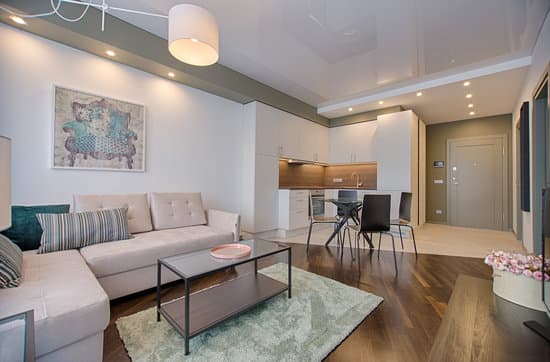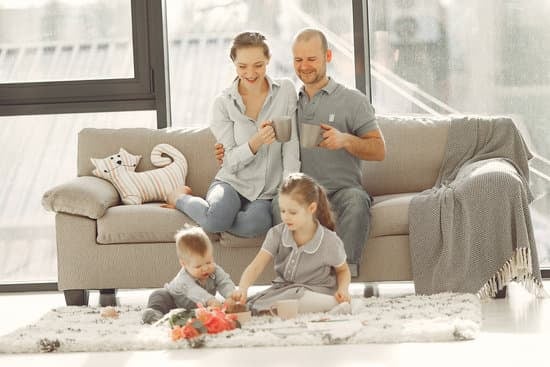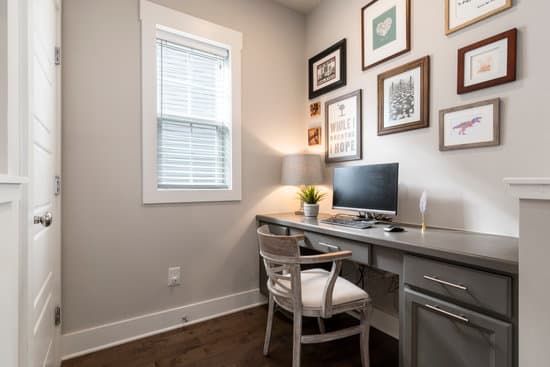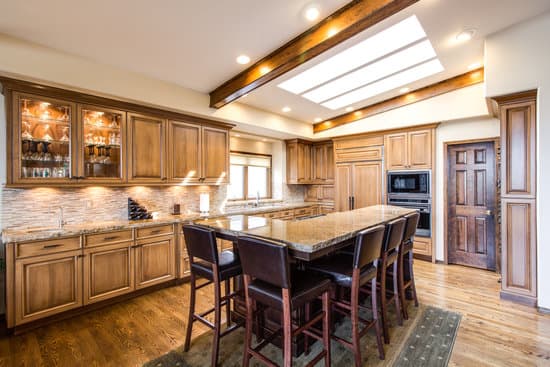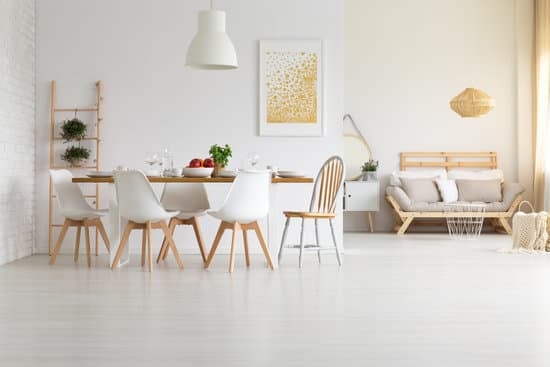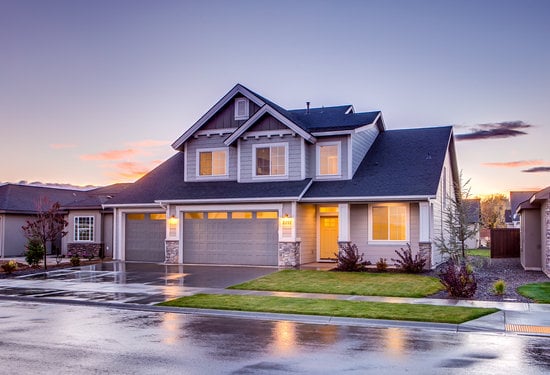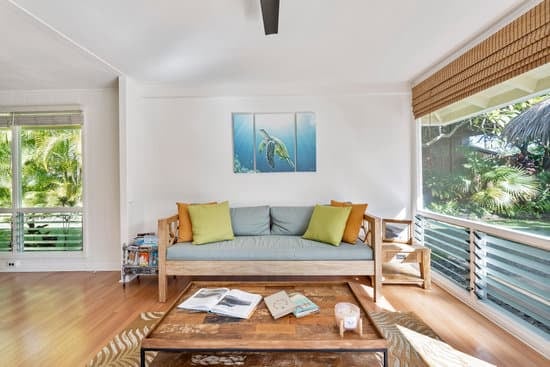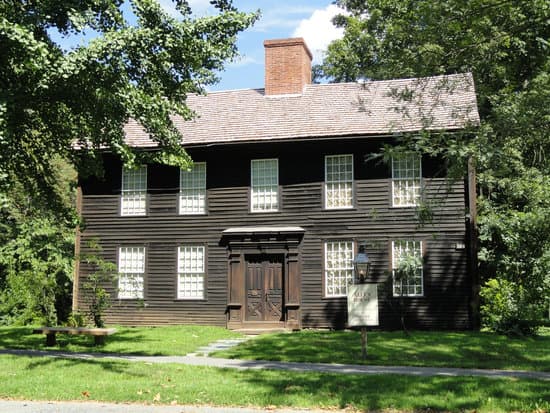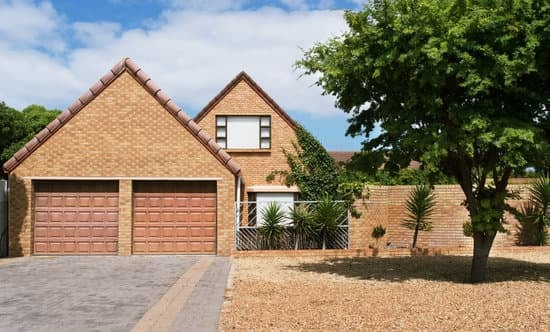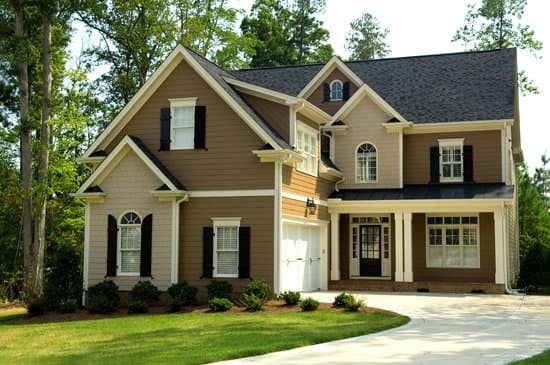When it comes to creating a masculine design, there are different factors that come into play. While blocky styles and sharp or pointed accents are commonly used to convey an edgy and bold tone, designers should also be mindful of what certain design elements and phrases mean. Here are some key features that can help make a design more masculine:
Strong, bold lines: Clean, straight lines and bold geometric shapes can add a sense of strength and power to a design. These can be used to create defined borders, frames, or typography that stand out and make a statement.
Dark and moody colors: Deep, rich colors like black, navy, and dark shades of gray or green can help create a sense of depth and drama in a masculine design. These colors can be used in backgrounds, accents, or typography to add contrast and create a bold visual impact.
Industrial or natural textures: Rough, rugged textures like concrete, metal, or wood can add a sense of masculinity to a design by evoking a sense of toughness and durability. These textures can be incorporated into backgrounds or accents to add depth and dimension to a design.
Minimalist design: A clean, simple design can be masculine in its simplicity. Avoiding excessive decoration or frills can help create a sense of strength and confidence in a design.
Ultimately, the key to creating a masculine design is to focus on creating a strong visual impact that conveys a sense of boldness, edginess, and strength. This can be achieved through the use of different design elements like strong lines, dark colors, rugged textures, and a minimalistic approach to design.
